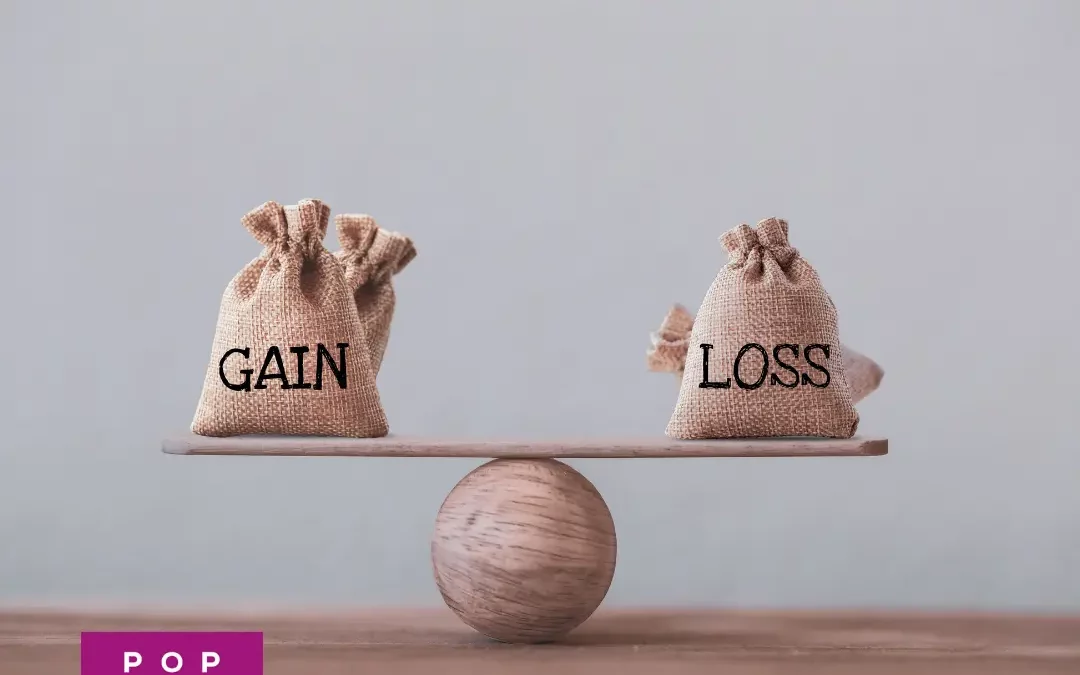Knowing your personality traits, and how to use them to your advantage, is one of the most important pieces of information when it comes to your results, inside and out of the gym.
Each personality or neurological profile is characterized by neurotransmitter dominance and gives us clues into the balance of 6 major neurotransmitters – dopamine, adrenaline, glutamate, acetylcholine, GABA. and serotonin. These contribute to certain personality traits which are mostly genetic, although there will always be variance due to how you were raised, learned behaviors, life experience, environment, etc.
We’re going to cover the personality traits of each profile, as well as certain training considerations for each Neurotype.
Personality traits and training – Type 1A
Neurotransmitter balance:
-Dopamine dominant – low levels of baseline dopamine but highly sensitive to it
-High levels of serotonin
Personality traits:
Type 1A’s are typically extroverted. They are very intense and love to make their presence known.
They need to be the leader of a group and have a hard time with authority.
Type 1A’s are extremely competitive. They want to win at all costs and if they lose, it’ll ruin their day.
They have very high confidence and self-esteem and don’t care what others think of them.
Typically a type 1A will act on impulse and they love to take risks.
They perform very well under pressure.
They are hard workers, grinders, but can sometimes burn the candle at both ends.
Type 1A’s lack of patience and are very goal driven.
They seek out arguments and enjoy convincing people that they are right.
Training considerations:
Type 1A’s are very neurologically dominant. They can handle high levels of intensity and frequency but volume needs to be carefully monitored. We want to protect their dopamine levels so long rest periods and straight sets are recommended. Think of a typical powerlifter with heavy weights and low reps. They build muscle by getting stronger.
Personality traits and training – Type 1B
Neurotransmitter balance:
– Dopamine dominant – Highly sensitive to dopamine with low levels at rest
– High levels of GABA
– High levels of acetylcholine
Personality traits:
Type 1B’s have explosive personalities. They can be very calm much of the time, will explode in a minute, then continue on as if nothing happened.
They have a high level of motor skills and can multi-task really well. They need to be stimulated and challenged so they get very impatient.
Type 1B’s are very imaginative and goal driven.
They have high levels of confidence and are competitive but not to the extent of a 1A.
They are risk takers and are very good under pressure.
Type 1B’s seek out excitement and new experiences.
They are naturally athletic.
Training considerations:
Type 1B’s are neurologically dominant. They thrive with explosive movements. They can handle high intensity, frequency, and volume due their high levels of acetylcholine which protects their dopamine. They need to be mentally stimulated so supersets and variety of movements work well. An Olympic lifter would be a good example of a type 1B.
Personality traits and training – Type 2A
Neurotransmitter balance:
– Adrenaline dominant – low levels of baseline adrenaline with high sensitivity to it
– Well balance profile of dopamine, GABA, acetylcholine, glutamate, and serotonin
Personality traits:
Type 2A’s are people pleasers who can adapt well to any situation. They typically have lower self-esteem at rest but will become a more extroverted, more confident version of themselves when adrenaline kicks in.
They are great at reading people and get along with just about everybody. What others think of them is very important.
They tend to take on the personality of the most influential person.
Type 2A’s are procrastinators who do better work when they’re up against a deadline.
They are indecisive because they don’t want to let anyone down.
They love to have fun and they are fun to be around. They need variety in their life.
Type 2A’s have serious FOMO.
Training considerations:
Type 2A’s are an equal mix of neurologically and muscularly driven. They thrive with variation. Everything works but nothing works for very long. They can do high volume and frequency as long as it’s a mixed approach. Rest intervals should be kept short and supersets work well to keep adrenaline high. Type 2A’s can do well in CrossFit.
Personality traits and training – Type 2B
Neurotransmitter balance:
– Glutamate dominant – high levels of glutamate and fail to efficiently make the conversion from glutamate to GABA
– Low levels of GABA
– Adrenaline sensitive
Personality traits:
Type 2B’s are emotionally driven. They are more introverted and tend to have lower self-esteem.
They are lovers, not fighters. They thrive in one on one situations.
Type 2B’s are great listeners and will give everything to a relationship, friendship, partnership, etc.
They are people pleasers who want to avoid disappointing others at all cost.
They will work very hard if they think it will get them the respect and admiration of others.
They will sacrifice themselves for the good of others.
Type 2B’s stick to activities they know and enjoy. They are very prone to choking under pressure.
They like to dress well, look good, and enjoy grand gestures of love and emotion.
Training considerations:
Type 2B’s are muscularly driven. They need to feel their muscles working and enjoy the sensation or the pump. They can do a very high volume of muscular work but very low volume of neurological work. Type 2B’s can handle a moderate amount of frequency but intensity needs to stay relatively low. Rest periods can be short but if they do neurological work they’ll need to be longer. Think of a typical bodybuilder.
Personality traits and training – Type 3
Neurotransmitter balance:
– Serotonin dominant – low levels of baseline serotonin
– Low GABA
– Dopamine/adrenaline sensitive
Personality traits:
Type 3’s are typically introverted and tend to be more anxious. They do not like to take risks and they’re more cerebral.
They do very well with following a routine and they love to plan ahead.
They don’t like to take risks or engage in thrill-seeking behavior.
Type 3’s are practical and pragmatic.
They don’t like to talk about themselves very much.
They are great observers and are intellectual in their decision making.
They don’t like unexpected changes. They love structure.
Type 3’s are extremely patient and have great focus and concentration.
Training considerations:
Type 3’s are structurally driven. They need to be in perfect control of each movement and feel totally comfortable with each exercise. They like a repetitive training plan that they know what’s coming well in advance. They don’t need much variation. Type 3’s can do a moderate amount of frequency with low intensity. They focus more on precision and motor learning. They can do a fair amount of volume but not much variety per session. Rest intervals should be long but staying active in between. Type 3’s do well with endurance activities.







